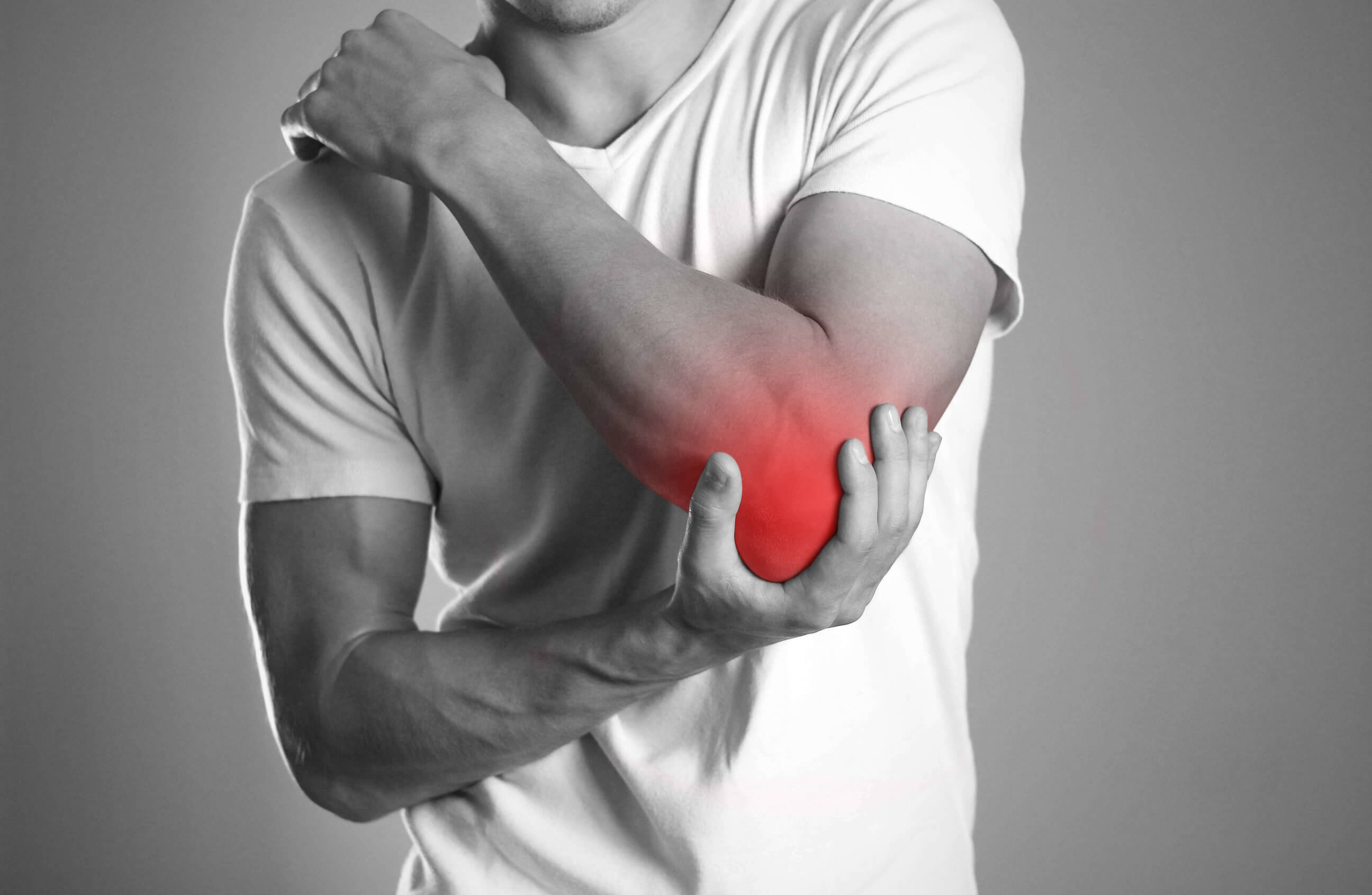Miss Shamim Umarji
Consultant Orthopaedic Surgeon
Specialist expertise: Hand and Wrist Problems, Sports Injuries, Orthopaedics, Carpal Tunnel, Cubital Tunnel, Trigger Finger, Arthritis, Hand & Wrist, Paediatrics.
Tennis elbow is a painful condition that affects the tendons that attach the forearm muscles to the outside of the elbow. It’s caused by overuse of the forearm muscles and tendons.

Tennis elbow, also known as lateral epicondylitis, occurs when the tendons that attach the forearm muscles to the outside of the elbow (the lateral epicondyle) become strained or damaged due to repeated movement. This leads to pain, tenderness and stiffness around the outside of the elbow.
The condition is most common in people aged 30 to 50, and it often affects the dominant arm. Despite the condition’s name, it’s not limited to tennis players and can affect anyone who performs repetitive arm and wrist movements.
At Welbeck, our orthopaedic specialists offer expert diagnosis and treatment to relieve pain and restore function in our state-of-the-art Orthopaedic centre.
We offer appointments to paediatric patients aged 12 to 18. For full information on our paediatrics service, please visit our main Paediatrics page.
Symptoms usually develop gradually and may worsen with activity. The most common symptoms of tennis elbow include:
Tennis elbow is caused by overuse of the forearm muscles, leading to small tears in the tendon fibres around the elbow. While racket sports are a common cause, many everyday activities can also trigger it.
Common causes include:
Factors that increase the risk of developing tennis elbow include:
At your consultation, your specialist will ask about your symptoms and activities, and perform a physical examination. They may press on the affected area and ask you to move your arm in certain ways to identify where the pain is coming from.
Additional tests may include:
While tennis elbow is not always preventable, you can reduce your risk by:
Most people recover from tennis elbow with rest and treatment. However, in some cases it may lead to:
Treatment for tennis elbow focuses on reducing pain and promoting tendon healing. Your consultant will advise you as to which treatment method is most appropriate for you.
Options include:
We are able to offer appointments to referred paediatric patients aged 12-18. For full information on our paediatrics service, please visit our main Paediatrics page.
At Welbeck, our orthopaedic specialists are experts in their field and are dedicated to providing world-class care to every patient.
With access to colleagues across other specialties, our consultants are also able to refer within the Welbeck ecosystem if required to ensure you receive the treatment you need as quickly as possible, all under one roof.
All appointments, testing, treatment, and follow-up appointments take place within our state-of-the-art facilities, enabling us to deliver accurate diagnostics and advanced treatments.
Your health is important to us, so we strive to offer same-day appointments whenever possible.
Our consultants are recognised by the major health insurance companies. If you have private health insurance, your treatment at Welbeck can begin once you have obtained authorisation. We also provide care to self-paying patients. Learn more about the different payment options at Welbeck.
Get in touch today to book an appointment.
No. Tennis elbow affects the tendons on the outside of the elbow, while golfer’s elbow affects those on the inside.
Recovery time varies. Mild cases may improve within weeks, while more severe cases can take several months.
In some cases, tennis elbow may improve on its own with rest. However, treatment can speed up recovery and help prevent recurrence.
It’s best to rest from activities that worsen your symptoms. Once pain improves, a physiotherapist can guide your return to sport safely.
Currently selected day
Available consultations
What is tennis elbow?
What are the symptoms of tennis elbow?
What causes tennis elbow?
How is tennis elbow diagnosed?
How to prevent tennis elbow
What complications can tennis elbow cause?
What are the treatment options for tennis elbow?
Paediatrics
Why choose Welbeck?
Book your private consultation
FAQs
We boast a truly integrated team of orthopaedic surgeons, sports medicine physicians, podiatric surgeons, rheumatology specialists, paid medicine consultants and hand therapy specialists. All of these services work together in one place, enabling us to give patients the best care possible.